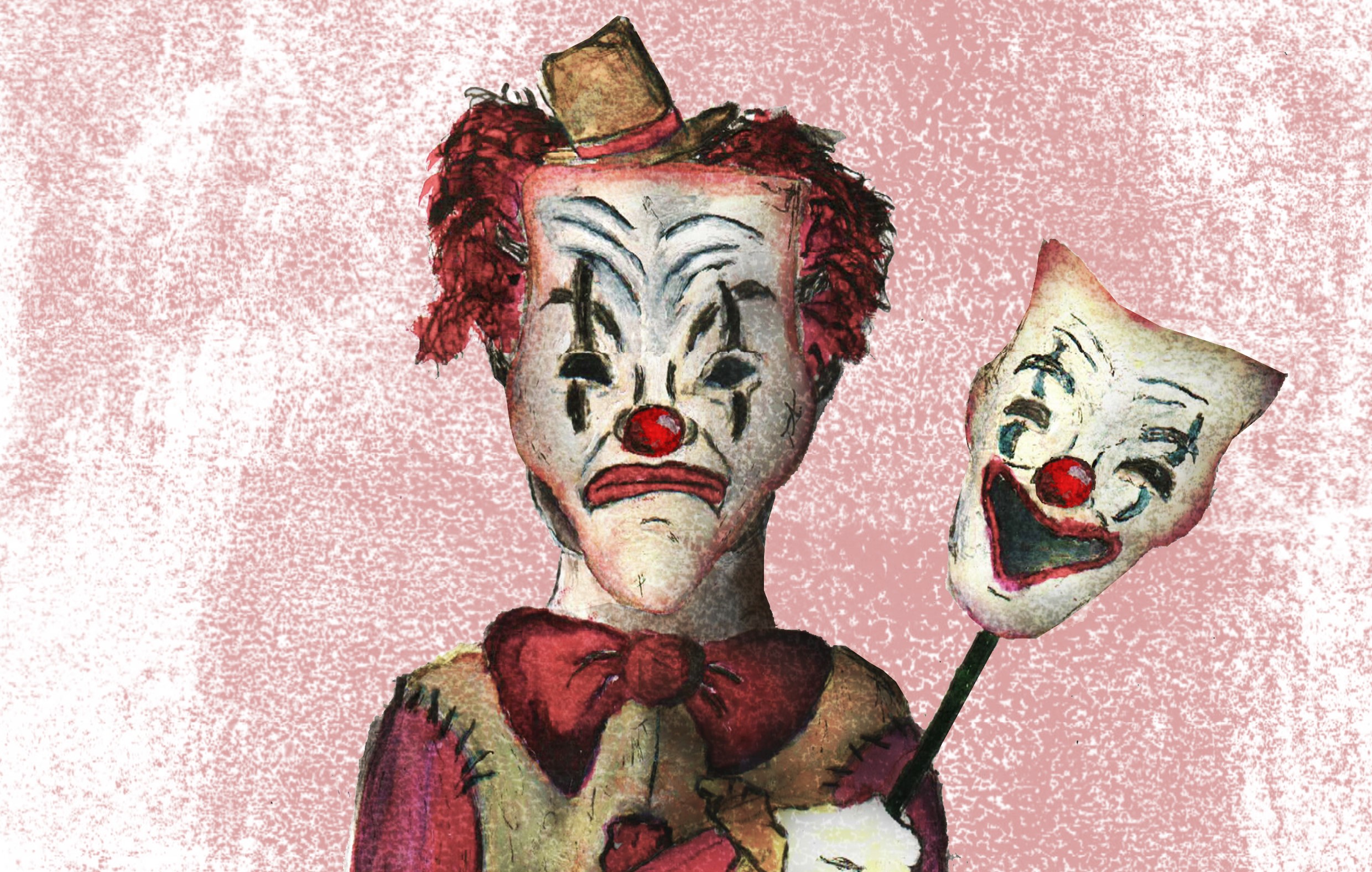The fact that a fear of clowns is sweeping the world in undeniable. They are iconic figures in horror films and television, which has become particularly prevalent over the last year with the killer clown craze of 2016 and the recent remake of Stephen King’s It. My question is, however, what has made a children’s entertainer one of our most common fears, and is there any rationality to it? Should we restore them to their role as harmless children’s entertainer, or is there something inherently unsettling about them which just can’t be shaken off?
Clowns represent a distortion of innocence, through their unnaturally childlike behaviour, voice and mannerisms, as well as the exaggerated makeup and costume. Herein lies the source of the fear, which is exploited by the Horror film genre in the repetitive use of nursery rhymes, fairgrounds or dolls. Though not intrinsically sinister, their association with purity and childhood magnifies our feelings of terror, that such things could be such a threat to us.
In the case of clowns, however, there’s a little more to it than this. The slathered-on makeup shaped into a perpetual grin provokes suspicion; while traditionally intended to create a sense of happiness and comfort, the mask-like, fixed expression has been inverted and exploited too often by Hollywood so that clowns are seen more as a threat. We are unable to discern the human feeling underneath, and with that comes the unknown.
Such uncertainty can be explained partially by aesthetics, through the hypothesis of the ‘uncanny valley’. This is the theory that human replicas that appear almost, but not exactly, like human beings evoke frightening feelings. Harvard psychiatrist Steven Schlozman explains it as, “where you look at something and it’s not quite right”, such as a corpse or doppleganger, where something is recognisable but abnormal enough to scare you. This disconcerting trope of the almost human arises throughout horror, but is particularly applicable to clown horror.
It is not just Hollywood, however, which holds responsibility for the clown’s new image – their costumes have long been exploited to incite fear in the real world too. One disturbing example of such behaviour is John Wayne Gacy, or ‘The Killer Clown’, who murdered and sexually abused at least 33 young men and boys while dressed as his alter ego Pogo the Clown. Upon his arrest, Gacy was reported to have joked ‘you know clowns can get away with murder’. In light of such disturbing misuse of the clown garb, it is clear why so many now dread it.
This is by no means an isolated incident either, as nobody has likely yet forgotten the Killer Clown craze of 2016. The masqueraders were found in possession of numerous weapons, such as a machete, an axe, knives and hammers. The craze became a contagion that swept both the USA and UK, with the added impact of social media allowing it to spread within days, such open hostility cementing many victim’s fears of all things red-nosed.
In lieu of such behaviour, demand for clowns as children’s entertainers has reduced significantly. This has also been affected by the release of the Stephen King film remake It, about the infamous Pennywise’s reign of terror and child-murder in a small US town.
The film provoked the World Clown Association to release a statement insisting that Pennywise from It is ‘not a clown and has nothing to do with pro clowning… Just because someone wears a rubber Halloween mask, that does not make one a clown!’.
While King did fire back, insisting that clowns were feared long before Pennywise came into existence, there are, of course, multiple examples of the clown costume being used benignly and with good intent. Not long ago, they were an almost universal figure of comfort and fun, which still endures in the form of Red Nose Day, which shows clowns still have influence in a more innocent and comforting way when their costume is left at home. There are still plenty of honest clowns out there too, such as the ‘Patch Adams’ clown doctors still visit children’s hospitals today. As children we saw them as benevolent and fun, relishing their games and tricks as the highlight of birthday parties – and perhaps there is still opportunity for redemption.
Though they do generate a certain level of fear, but this is why children and adults alike are so fascinated by them. Their smiles are disconcerting and their behaviour is energetic and unpredictable, but this is all part of the fun. Nonetheless, in light of the terror inflicted at the hands of their impersonators, they might want to consider a change of costume.
Image: Craig McEwan

